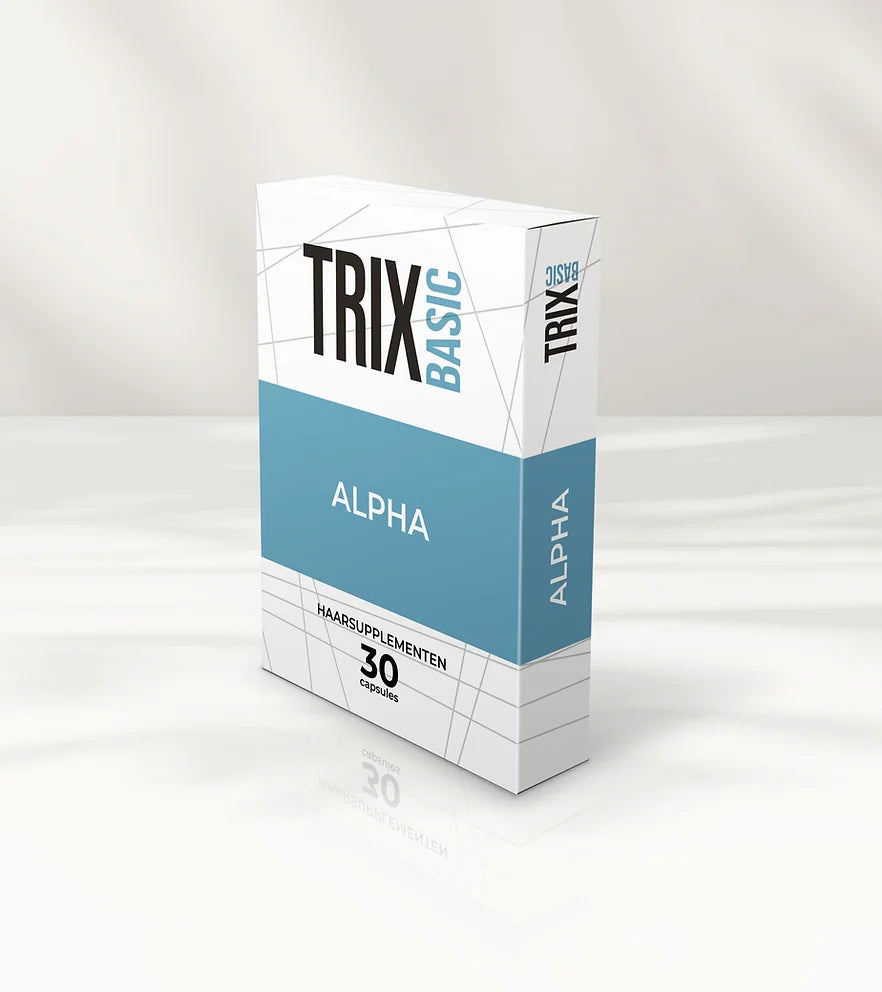
The Effect of Saw Palmetto
Share
This study investigates the effects of Trix Basic Alpha, a 15:1 extract of saw palmetto, on scalp coverage and hair thickness in women diagnosed with alopecia androgenetica.
Findings suggest that daily use of saw palmetto significantly increases hair thickness and improves scalp coverage. The effectiveness of saw palmetto appears to be positively correlated with the duration of use, with greater improvements observed after prolonged usage. These results support the hypothesis that saw palmetto may inhibit dihydrotestosterone (DHT), similar to other treatments like finasteride and dutasteride.
Introduction
Alopecia androgenetica, or androgenetic alopecia, is a common form of hair loss affecting both men and women, characterized by thinning hair and reduced scalp coverage. Emerging literature indicates that saw palmetto (Serenoa repens) may help reduce hair loss in individuals with this condition. This study aims to evaluate the effects of Trix Basic Alpha, a 15:1 extract of saw palmetto, on scalp coverage and hair thickness in women diagnosed with alopecia androgenetica.
Objectives
Our primary objective was to investigate whether daily supplementation with saw palmetto extract improves scalp coverage and hair thickness in women suffering from alopecia androgenetica. Specifically, we aimed to measure changes in hair diameter and overall scalp coverage over an extended period of use.
Materials and Methods
A retrospective analysis was conducted using data from 42 female subjects diagnosed with alopecia androgenetica by two trichologists. These subjects had been using 150 milligrams of saw palmetto extract daily for a period ranging from one to four years, with an average use duration of 2.6 years. Both macroscopic images of the scalp and microscopic images of hair implants were taken annually to assess changes.
Study Data
- Number of subjects: 42
- Average age at start: 54.4 years
- Average duration of saw palmetto use: 2.6 years
Hair thickness was measured using TT-ratios, calculated by dividing the sum of the thickness of the three thinnest hairs by that of the three thickest hairs in the same microscopic image. These measurements were taken at four specific sites on the scalp.
Results
The study found a significant increase in hair thickness:
| Pre-test TT-ratios | Post-test TT-ratios | |
| Mean (arbitrary units) | 31.72 | 35.71 |
| Standard deviation | 3.13 | 5.09 |
| Paired Student T-test | P=0.00 |
Pre-test / post-test images of two subjects who used saw palmetto for 3.5 years: scalp coverage varies from unchanged to improved.


Subjective ratings by subjects on scalp coverage: scalp coverage has improved.
| Rating scale | Mean | |
| Scalp coverage score (visual rating by subjects) |
1=less coverage; 2=no change; 3=more coverage |
2.3 |
| Hair loss change |
1=more hair loss; 2=no change; 3=less hair loss |
2.1 |
Subjective ratings by trichologists on scalp coverage: scalp coverage has improved.
| Rating scale | Mean | |
| Scalp coverage score (visual rating by trichologists) |
1=less coverage; 2=no change; 3=more coverage |
2.3 |
Delta-TT, expressing the increase or decrease of hair thickness, was obtained by subtracting the pre-treatment TT-ratios from the post-treatment TT-ratios.
A logistic regression identified “ years of usage” to significantly explain for the variance in delta-TT (P<0.05).

Conclusions
- Saw palmetto improves scalp coverage in women with alopecia androgenetica.
- Hair thickness increases significantly with the use of saw palmetto.
- The duration of saw palmetto use is directly related to the degree of hair thickness improvement.
- The maximum effect of saw palmetto is not fully achieved within four years of usage.
- The increase in hair thickness suggests that saw palmetto partially inhibits dihydrotestosterone (DHT), similar to medications like finasteride and dutasteride.

















